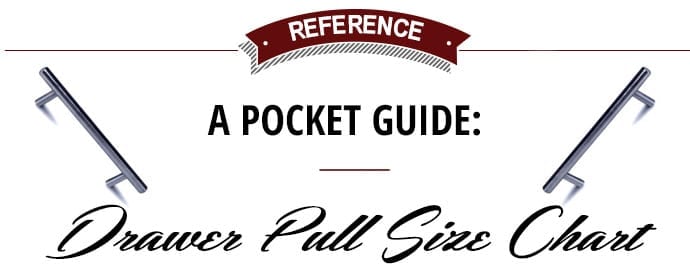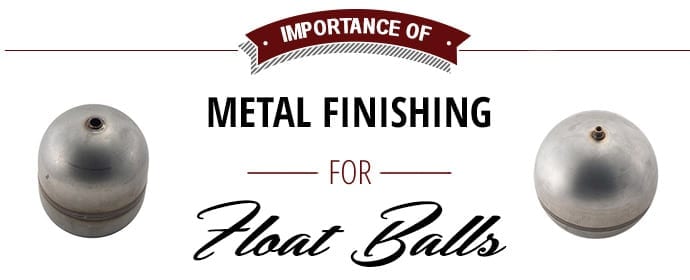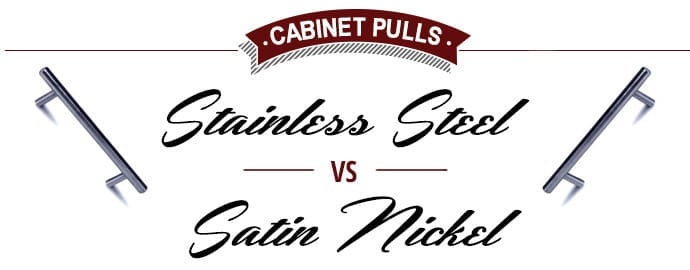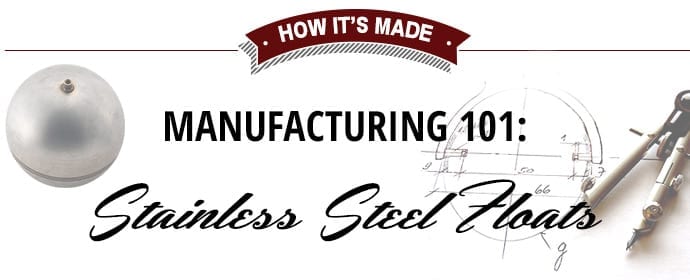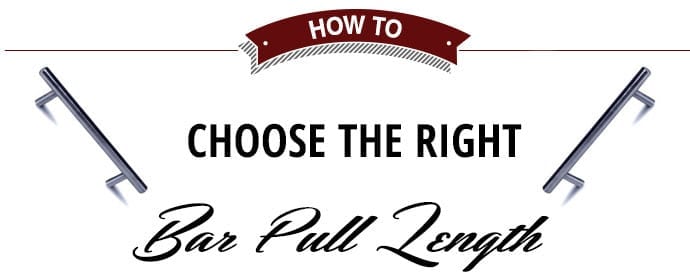It’s no secret – new stainless steel hardware such as cabinet pulls and knobs can make all the difference when updating your living space. Plus, they’re an easy weekend project that you can even install yourself if you do it correctly! Wondering where to begin? We’ve got you covered.
Keep reading to learn our best tips and tricks for DIY hardware installation!





